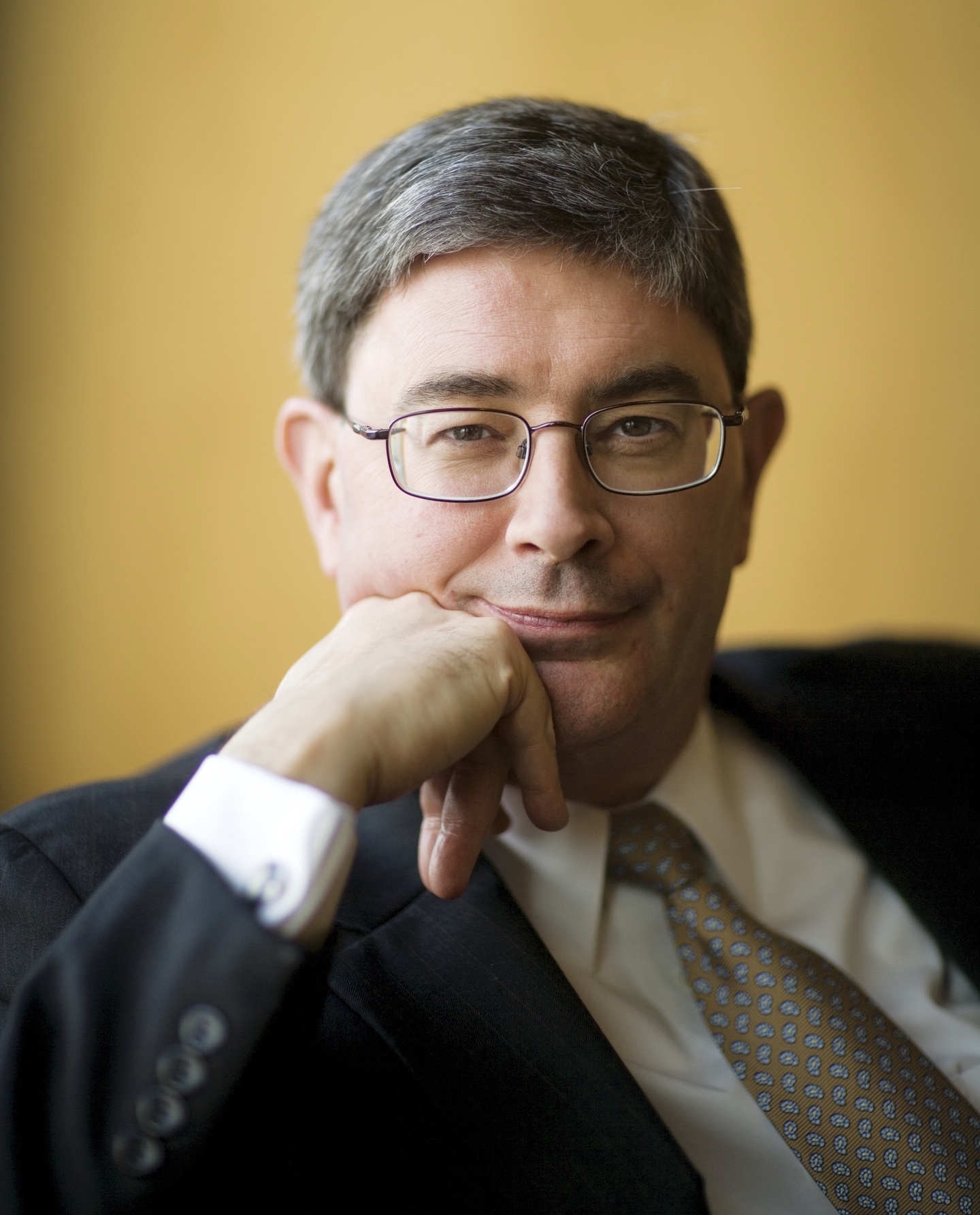Polemics about the Second Vatican Council continue to bedevil the global Catholic conversation.
Some Catholics, often found in the moribund local churches of western Europe, claim that the Council’s “spirit” has never been implemented (although the Catholic Lite implementation they propose seems more akin to liberal Protestantism than Catholicism). Other voices claim that the Council was a terrible mistake and that its teaching should be quietly forgotten, consigned to the dustbin of history. In The Next Pope: The Office of Peter and a Church in Mission (just published by Ignatius Press), I suggest that some clarifying papal interventions are needed to address these confusions.
To begin: The next pope should remind Catholics what Pope John XXIII intended for the Council, thereby challenging both the Catholic Lite Brigade and the Forget Vatican II Platoon.
The pope’s opening address to Vatican II on October 11, 1962, made his intention clear: The Church, he said, must refocus on Jesus Christ, from whom she “takes her name, her grace, and her total meaning.” The Church must put the gospel proclamation of Jesus Christ, the answer to the question that is every human life, at the center of her self-understanding. The Church must make that proclamation by proposing, “whole and entire and without distortion,” the truths Christ gave the Church. And the Church must transmit those truths in ways that invite skeptical contemporary men and women into friendship with the Lord Jesus.
John XXIII did not imagine Vatican II to be a Council of deconstruction. Nor did he imagine it to be a Council that froze the Church in amber. Rather, Pope John’s opening address to Vatican II called the entire Church to take up the task of Christian mission: the mission to offer humanity the truth about God and us, both of which are revealed in Jesus Christ. The next pope should forcefully remind the Church of this.
The next pope might also engage—and settle—a parallel debate that began during Vatican II and continues today: Did the Catholic Church reinvent itself between October 11, 1962, and December 8, 1965, the day the Council solemnly closed? Or must the documents of Vatican II be read in continuity with revelation and tradition? Curiously, the “progressive” Catholic Lite Brigade and the ultra-traditionalist Forget Vatican II Platoon promote the same answer: Vatican II was indeed a Council of discontinuity. But that is the wrong answer. It is a mistaken reading of John XXIII’s intention for Vatican II. It is a mistaken reading of Paul VI’s guidance of the Council. And it is a mistaken reading of the Council’s texts.
Three canonized popes—John XXIII, Paul VI, and John Paul II—plus the great theologian-pope Benedict XVI have insisted that Vatican II can and must be read in continuity with settled Catholic doctrine. To claim that Vatican II was a Council of rupture and reinvention is to say, in effect, that these great men were either duplicitous, anti-conciliar reactionaries (the tacit indictment of the progressives) or material heretics (the tacit indictment from the far right-field bleachers). Neither indictment has any merit, although the latter has recently gotten undeserved attention, thanks to ill-considered commentaries reverberating through the echo chambers of social media and the ultra-traditionalist blogosphere.
Thus the next pope ought to insist that the Catholic Church does not do rupture, reinvention, or “paradigm shifts.” Why? Because Jesus Christ—“the same yesterday and today and forever” (Hebrews 13:8)—is always the center of the Church. That conviction is the beginning of any authentic evangelization, any authentically Catholic development of doctrine, and any proper implementation of Vatican II.
The next pope should also lift up the Council’s genuine achievements: its vigorous affirmation of the reality and binding authority of divine revelation; its biblical enrichment of the Church’s self-understanding as a communion of disciples in mission; its insistence that everyone in the Church is called to holiness, especially through the liturgy; its defense of basic human rights, including the first of civil rights, religious freedom; its commitment to truth-centered ecumenical and interreligious dialogues. Yes, there have been distortions of these teachings; but to blame the distortions on the teachings themselves is a serious analytical error.
A Catholicism indistinguishable from liberal Protestantism has no future. Neither does a Catholicism that attempts to recreate a largely imaginary past. The Catholicism with a future is the Catholicism of the Second Vatican Council, rightly understood and properly implemented. That happens to be the living Catholicism of today, and the next pope should recognize that, too.

George Weigel is Distinguished Senior Fellow of Washington, D.C.’s Ethics and Public Policy Center, where he holds the William E. Simon Chair in Catholic Studies.
First Things depends on its subscribers and supporters. Join the conversation and make a contribution today.
Click here to make a donation.
Click here to subscribe to First Things.
You have a decision to make: double or nothing.
For this week only, a generous supporter has offered to fully match all new and increased donations to First Things up to $60,000.
In other words, your gift of $50 unlocks $100 for First Things, your gift of $100 unlocks $200, and so on, up to a total of $120,000. But if you don’t give, nothing.
So what will it be, dear reader: double, or nothing?
Make your year-end gift go twice as far for First Things by giving now.


